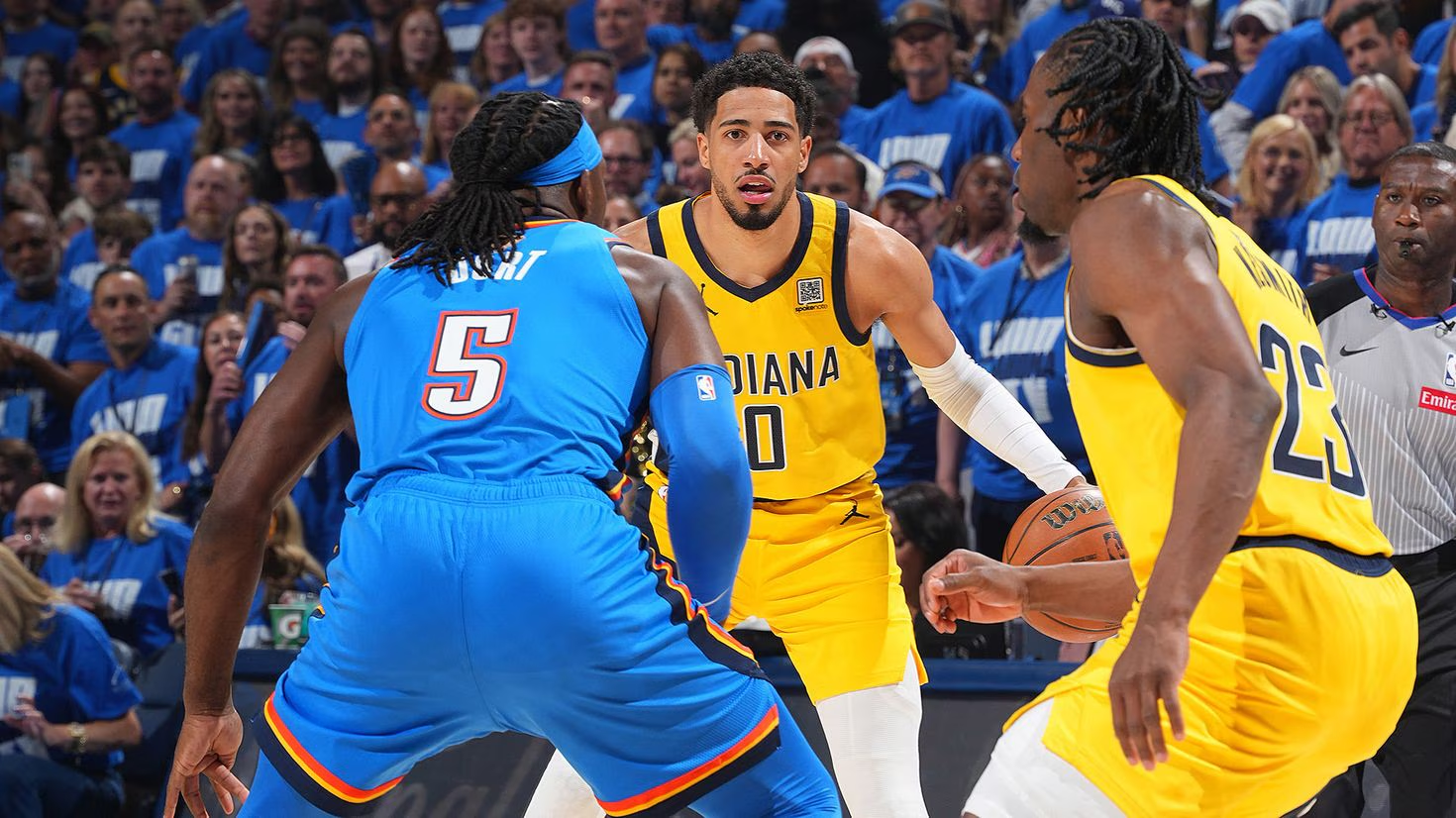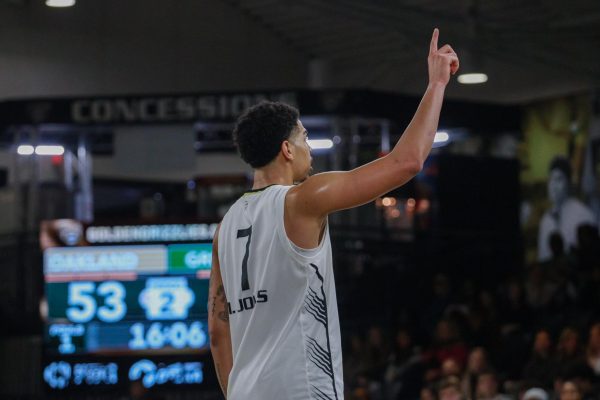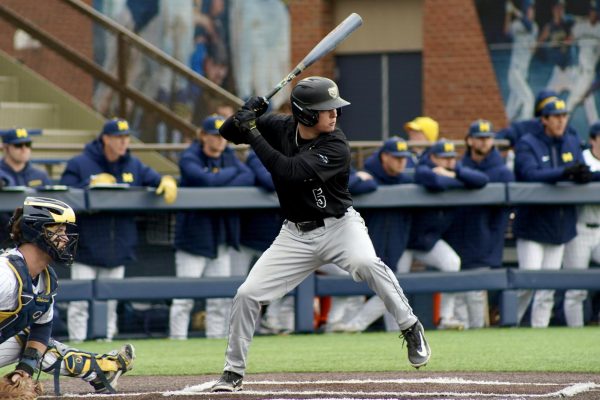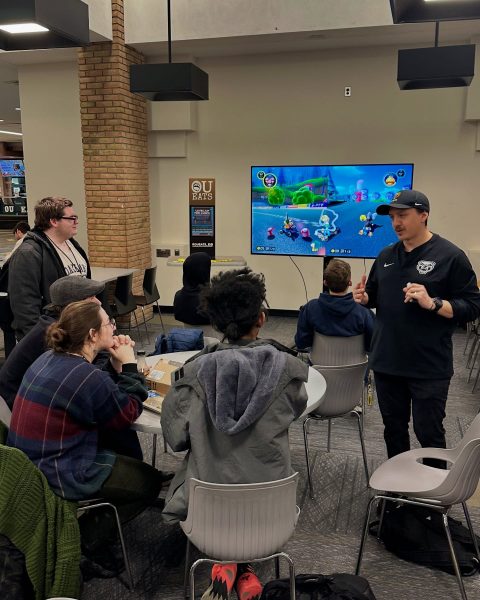KHL plane crash paints bigger picture
On Sept. 7, news reports of a tragedy in Russia spread quickly, informing audiences across the world that a jet carrying the Kontinental Hockey League team Lokomotiv Yaroslavl had crashed and killed more than 40 people.
To many, especially those in the U.S., the initial reports in Russia might not have meant much. But to the relatively small hockey world, it affected players, coaches and fans at nearly every level.
Detroit hockey followers might have taken a harder blow than othera as three former members of the Detroit Red Wings organization perished during the crash. Former defenseman Ruslan Salei, assistant coach and former player Brad McCrimmon, and goalie prospect Stefan Liv died in the crash.
One player, Alexander Galimov, survived the initial crash but died Monday, while the only remaining survivor, a crew member on the plane, remains in critical condition.
An additional dozen players with NHL ties were also killed, including dynamic forward Pavol Demitra, who scored 768 points during his tenure with five NHL teams.
When you think of a similar disaster, the Marshall University plane crash in 1970 that killed 75 passengers, including 37 members of the Marshall football team might come to mind.
The 2006 film ‘We Are Marshall,’ starring Matthew McConaughey, depicts the story.
In our generation, however, we have not experienced a catastrophe of that scale, at least not in the realm of professional sports.
Naturally, when news broke on this side of the ocean, we didn’t know quite how to react. Initially, shock set in. Conversations among many hockey followers echoed the same feeling.
After all, the KHL has been home to players with names like Datsyuk, Ovechkin, Malkin, Fedorov, and Jagr to name a few. If you are unfamiliar with that short list, they are some of the most talented players to have ever played the game.
To think that this disaster could befall players of such a tremendous caliber is enough to make you shudder, but more importantly, it put a beloved game quickly into perspective.
For many fans and players, it provided an insight into clarity, whether brief or permanent. That tragic day created a realization that regardless of the team you root for or the jersey you wear, there’s a deeper, more important bond that fans of sports share.
Many fans are committed to their team; they support and defend it through thick and thin. For the diehards, hearts can be captivated and broken with a team’s ups and downs over the course of a season or even a lifetime.
The tragedy that claimed the lives of an entire professional hockey club, notwithstanding the loss felt by family and friends of the deceased, offered credibility an overused platitude and created a feeling across the hockey and even sporting world that we are truly all on the same team.
Soon fall will begin and winter will be looming. Mother nature will return hockey a bit closer to its roots, the NHL season will be underway and we will start neglecting our coursework.
If you’re lucky, you might get to experience the game in a simpler fashion near the conclusion of fall semester.
As lakes and ponds freeze over again, the sport breaks down to a stick, a puck, and a bucket or a trash can.
Despite the fame and the money that accompany today’s superstars, that’s where every career started – without glory, a fan base, or a rivalry – just a love for the game.






